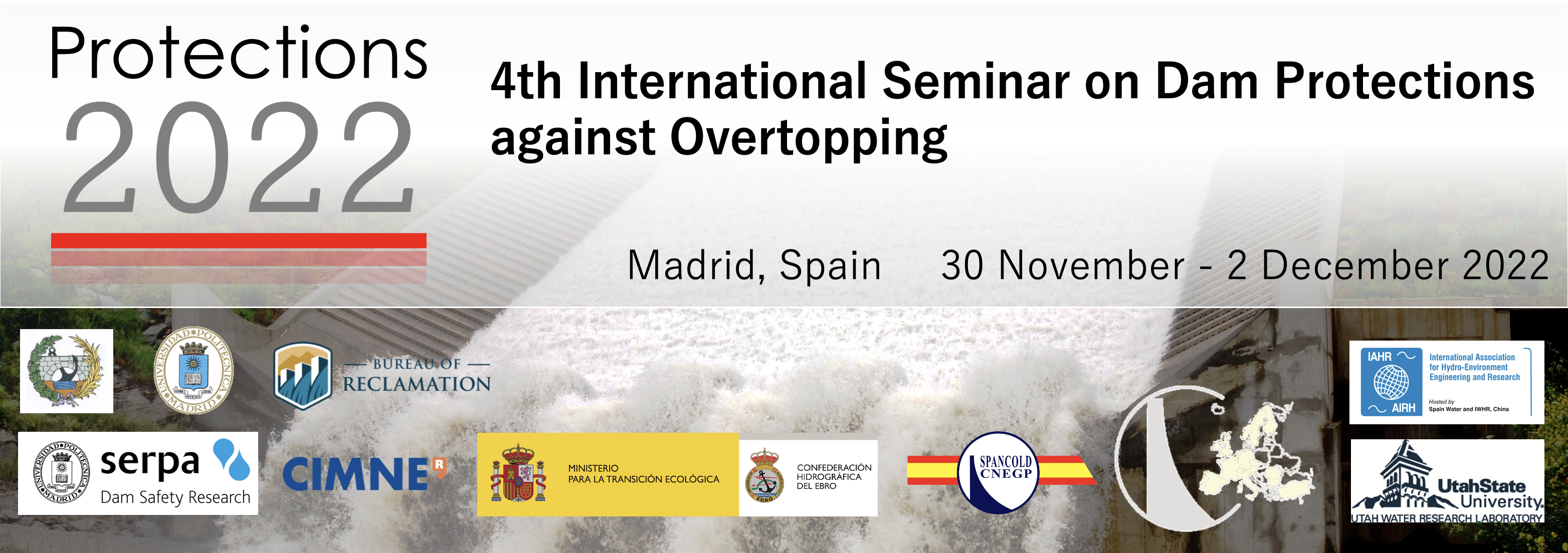Location
Madrid, Spain
Session
Session 3
Start Date
11-30-2022 3:00 PM
Description
Following the 2017 events at the Oroville Dam spillways that prompted evacuation of nearly 200,000 downstream residents and resulted in over $1B USD repair costs, there is highlighted focus on evaluation of spillways (both lined and unlined) at dams across the USA. In the case of unlined channels, flow conditions are often complex which presents several challenges for erodibility evaluation given methods are often based on idealized circumstances. High-resolution data available for the site (both in terms of 3D point cloud geometry data for the rock mass and 3D CFD model simulations of flow conditions) permitted a more detailed analysis of the scouring process, which ultimately provided deeper insight into scour potential. Two methods were used for the analysis; the semi-empirical Erodibility Index Method and a new, physics-based method using Block Theory, and a comparison between the two was made yielding informative results.
Creative Commons License

This work is licensed under a Creative Commons Attribution-Noncommercial-No Derivative Works 4.0 License.
Included in
Erodibility Evaluation of an Unlined Rock Spillway: Comparison Between the Erodibility Index Method and a New Method Based on Block Theory
Madrid, Spain
Following the 2017 events at the Oroville Dam spillways that prompted evacuation of nearly 200,000 downstream residents and resulted in over $1B USD repair costs, there is highlighted focus on evaluation of spillways (both lined and unlined) at dams across the USA. In the case of unlined channels, flow conditions are often complex which presents several challenges for erodibility evaluation given methods are often based on idealized circumstances. High-resolution data available for the site (both in terms of 3D point cloud geometry data for the rock mass and 3D CFD model simulations of flow conditions) permitted a more detailed analysis of the scouring process, which ultimately provided deeper insight into scour potential. Two methods were used for the analysis; the semi-empirical Erodibility Index Method and a new, physics-based method using Block Theory, and a comparison between the two was made yielding informative results.


